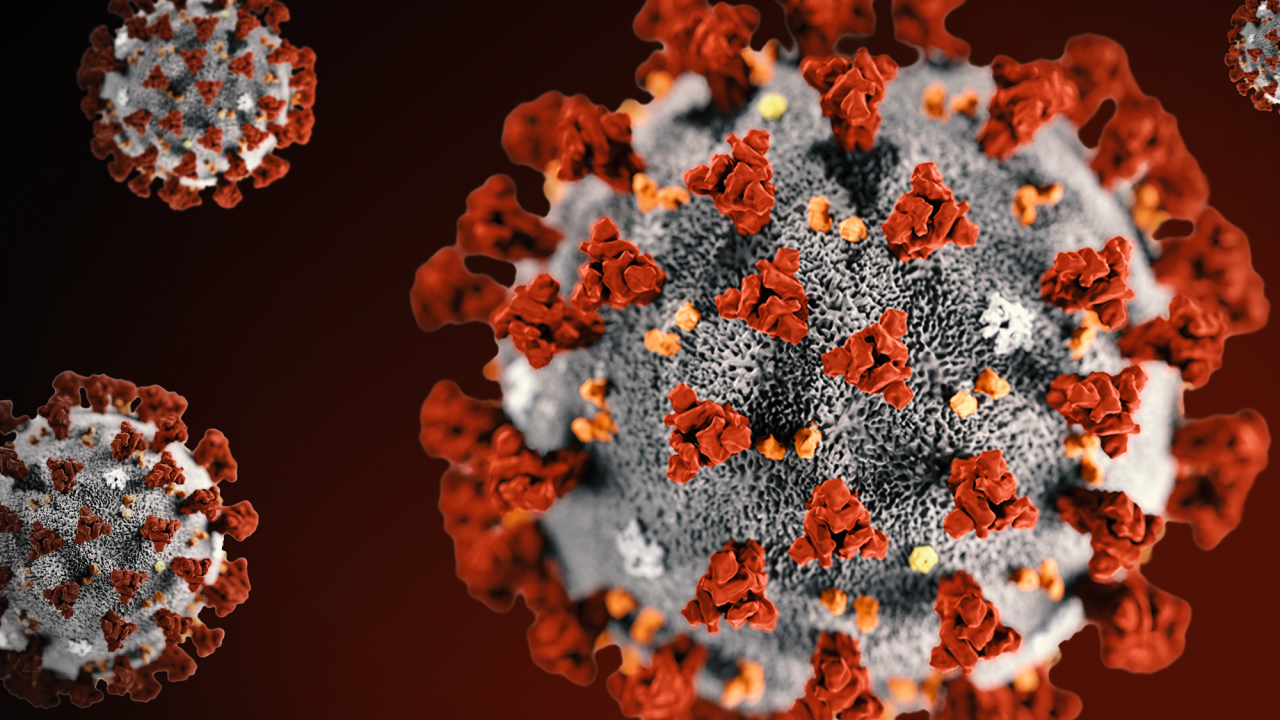On October 31, Governor Andrew Cuomo amended Executive Order (EO) 205, a March “travel advisory” that required New York residents and others returning from one or more of the states on the high-risk or “hot” COVID-19 list to quarantine for 14 days.

The amended protocol allows for a reduced quarantine period based on the length of the individual’s travel to the hot state and negative COVID-19 testing. The new protocol is effective on Wednesday, November 4. Read on to see how the amended rule will affect your business and employees.
Key Parts of New Guidance
The new guidance is found on the New York State Department of Health (NYSDOH) website at https://coronavirus.health.ny.gov/covid-19-travel-advisory.
Who’s affected. The new protocol covers any individuals (including New York residents) who are traveling back from a “hot” state except for those in a state “contiguous” to New York: New Jersey, Pennsylvania, Connecticut, Massachusetts, and Vermont.
Individuals merely “passing through” a hot state while traveling also would be exempt. “Essential employees” (as defined by the EO) remain subject to the lesser protocols of the original travel advisory.
What’s changing. For any travelers to New York from out of state, exempting the contiguous states, the new guidelines for them to test out of the mandatory 14-day quarantine—if they were in another state for more than 24 hours—are as follows:
- Travelers must obtain a test within 3 days of departing from that state.
- Upon arrival in New York, they must quarantine for 3 days.
- On the 4th day of their quarantine, they must obtain another COVID-19 test.
If both tests come back negative, they may exit quarantine early upon receiving the second set of diagnostic results.
For travelers who were in another state for less than 24 hours, here are the amended rules:
- They don’t need to get a test before departing from the other state or quarantine upon arriving in New York State.
- They must fill out the traveler form upon entry into the state, however, and take a COVID-19 diagnostic test four days after their arrival.
Who’ll review the travel-related tests. If necessary, local health departments will validate the tests. If a test comes back positive, they will issue isolation orders and initiate contact tracing. The local health department must make contact with the state the traveler came from, to ensure contact tracing proceeds there as well.
Do travelers need to fill out a form? Yes. All travelers must continue to fill out an NYSDOH traveler form upon arrival into the state in support of its contact tracing program. Here is a link to the form: https://forms.ny.gov/s3/Welcome-to-New-York-State-Traveler-Health-Form. The agency provides a hotline for others to report an individual who is suspected of violating the new protocols.
Takeaways
While anything that lessens the previous 14-day quarantine is a welcome relief, the new protocol assumes COVID-19 testing will be widely available in the hot state and upon return and that the results will be promptly developed. Unless the testing becomes more widely available and rapid, however, it remains unclear if the new “test-out” option will be viable.
Most employers should already be screening for travel to hot states. You should update the screening to capture the length of travel within the hot state and have a mechanism in place to require proof of testing depending on the length of travel.
Nothing changes with respect to an employee’s loss of entitlement to paid sick leave under the New York State quarantine law. On the other hand, until the law is amended, an employee who travels to a hot state in violation of the Families First Coronavirus Response Act (FFCRA) remains eligible for paid sick leave. Since EO 205 is tantamount to a quarantine order, however, no additional FFCRA benefits need be paid if the employee already exhausted the Act’s 80 hours of paid sick leave benefits.
To limit the number of employees in quarantine, you should consider an interim COVID-19 vacation and travel policy that discourages trips to hot states but doesn’t deny FFCRA benefits for those entitled to claim them. Consult with employment counsel on how to “thread this needle.”
Paul J. Sweeney is an attorney with Coughlin & Gerhart, LLP, in Binghamton, New York. You can reach him at psweeney@cglawoffices.com.
